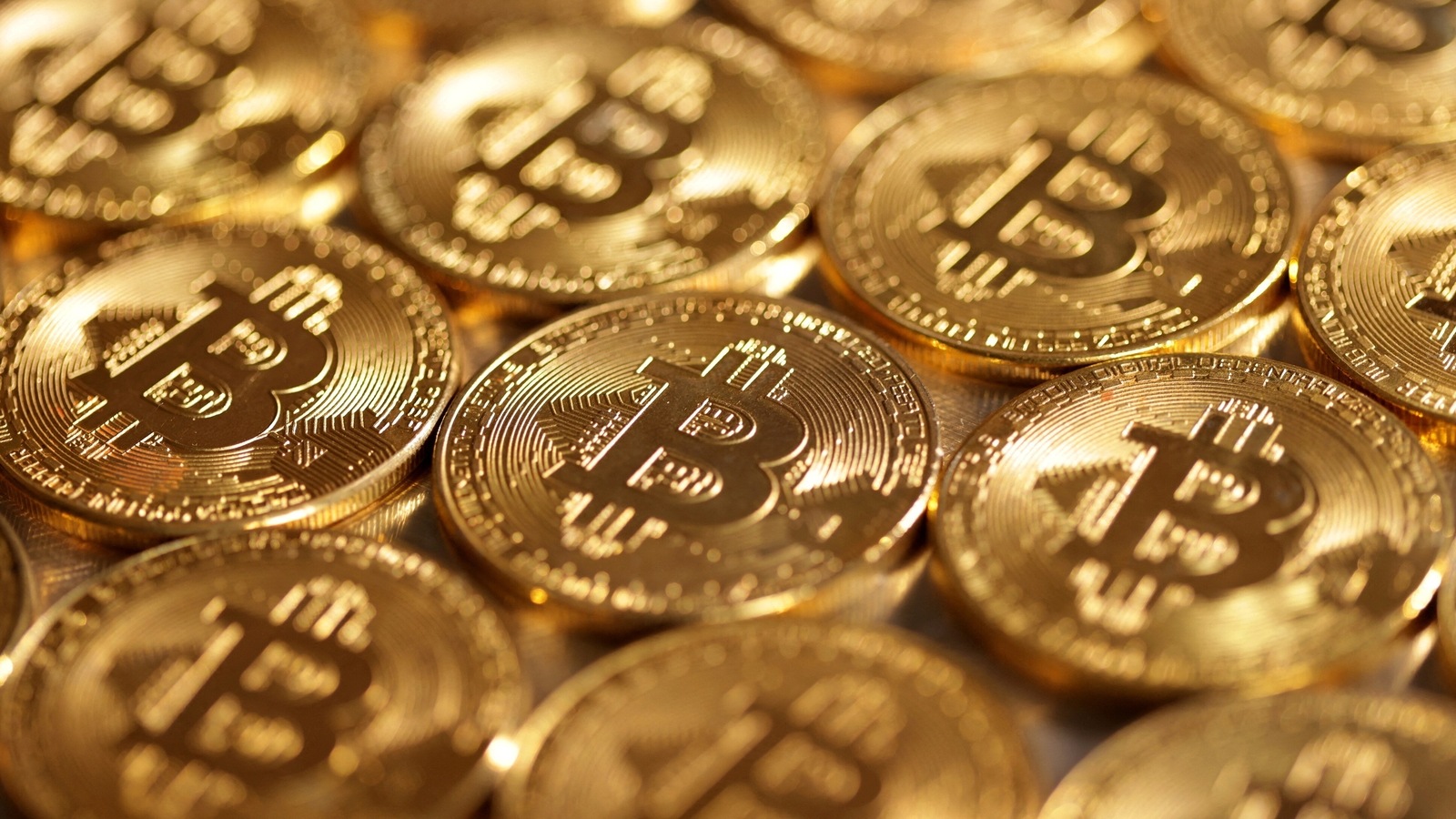Shock ‘N’ Awe! Crypto's Future Could Look Like Iraq's Past
Money, digital or fiat, depends on faith in the institutions that back it.

The Iraqi dinar was ahead of its time. Years before Bitcoin was invented, American day traders were lured by the viral economic narrative that the Iraqi currency was a ticket to retirement riches following Saddam Hussein's downfall. Economists and regulators warned it was a gamble, but punters still paid high fees to own an illiquid currency that some thought might just become the most valuable in the world. Instead, it was devalued by 20% in 2020.
The dinar is on economists' minds again as the cryptocurrency market reels from its latest crash — with $2 trillion of value wiped off a market rife with fraud, theft and high-profile corporate collapses including FTX and BlockFi. The parallels aren't just about laser-eyed speculation, but the dinar's historical development as a medium of exchange. While optimists such as investor Bill Ackman see crypto making a comeback if the right technological use case comes along, Iraq's experience suggests that the survival of any form of money depends more on faith in the institutions backing it.
Back in the 1990s, after the First Gulf War, there were effectively two Iraqs: A south controlled by Saddam, and a north that was essentially a Kurdish protectorate backed by a no-fly zone. As a result, the dinar branched into two paths. In the south, Saddam embarked on money-printing to prop up an economy struggling under sanctions. New banknotes bearing his image, called “Saddam” or “print” dinar, were produced locally to poor standard. Inflation soared to an average of 250% between 1991-1995 as the circulating money supply ballooned, former Bank of England boss Mervyn King noted in a 2004 speech.
In the north, where the new dinar didn't circulate and where bank cash wasn't expropriated by the Saddam regime, the old “Swiss” dinar — so-called because it was printed on plates manufactured in Switzerland – continued to be used. It lasted right up until Saddam's fall, despite having no central bank or government giving it value.
Having two fiat currencies in the same country was obviously a surprising development. That the Swiss dinar kept going and rose in implied value relative to its sibling is maybe not so remarkable given the scale of currency mismanagement taking place in the south.
But the Swiss dinar didn't just rise against the print dinar — it also saw a sharp appreciation against the US dollar, appreciating in value from 18 to the dollar in 2002 to 6 per dollar by the time Baghdad fell in 2003. This suggests two deeper political phenomena were being priced in: That the north-south separation would become more durable after the war, and that the Swiss dinar's value would be protected by new credible institutions even after regime change. “In other words, the value of the Swiss dinar had everything to do with politics and nothing to do with the economic policies of the government issuing [it] because no such government existed,” said King.
The relevance for crypto is that faith in the long-term value of its multitude of tokens might depend on the existence of credible institutions, something it increasingly lacks. The frequently-flagged technological opportunities offered by virtual currencies — programmable money, smart contracts, instant transfer of value via stablecoins — might only amount to a handful of dust in terms of non-speculative mass adoption without the backing of issuers and platforms that have legitimacy that's external to the closed circle of crypto.
That in turn might require an outside seal of approval from the governments and central banks that crypto was created to disrupt. If crypto is to do more than serve the niche interests of anti-fiat enthusiasts or pump-and-dump traders, it might need to rely on the kind of settlement-coin experiments being conducted by JPMorgan Chase & Co. or, eventually, centrally-issued digital euros or digital dollars. The latter idea has attracted plenty of criticism, some of it justified, but it might also be what delivers mass appeal without incentivizing get-rich-quick schemes.
To be sure, crypto aficionados might push a different explanation for the Swiss dinar's development. The currency was relatively technologically superior as it was harder to counterfeit than its poor-quality sibling. And Bitcoin's digital goldbugs might say that what made the Swiss dinar worth protecting was its development outside Saddam's state control. Meanwhile, exchanges and startups are trying to concoct their own answers to the trust deficit — think Binance's claims to supply audited “proof of reserves” — in a push for self-regulation to keep government authorities at bay.
But it's highly unlikely that the word of an offshore company or auditor will make crypto trusted after debacles like FTX. The collective failure of due diligence by even sophisticated institutional investors in this space is maybe even more embarrassing than the Iraqi dinar scams pitched to unsuspecting consumers. If there's one lesson from Iraq, it's that credibility is more important than tech — a test crypto's disciples keep failing.
Catch all the Latest Tech News, Mobile News, Laptop News, Gaming news, Wearables News , How To News, also keep up with us on Whatsapp channel,Twitter, Facebook, Google News, and Instagram. For our latest videos, subscribe to our YouTube channel.































